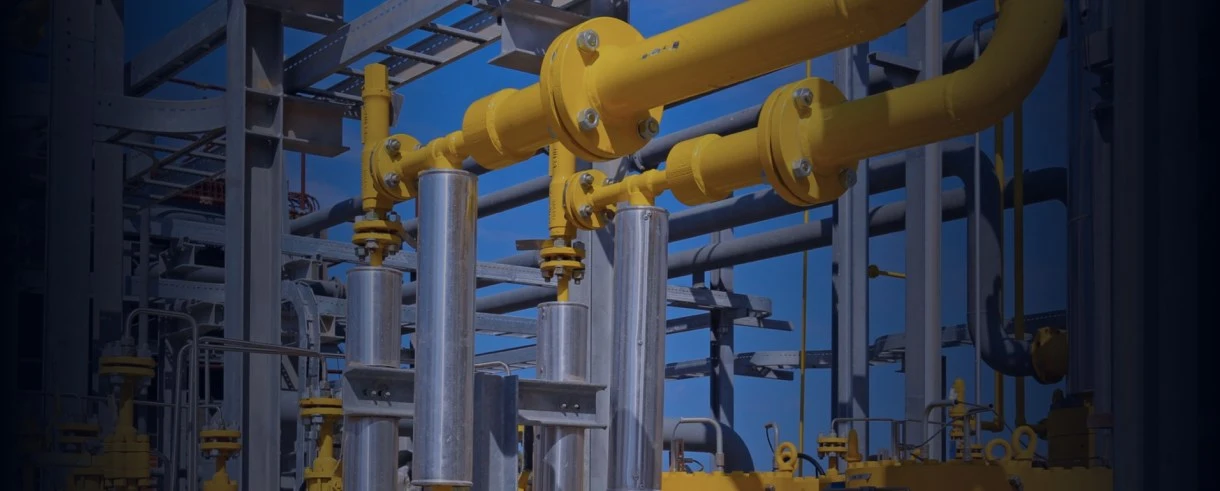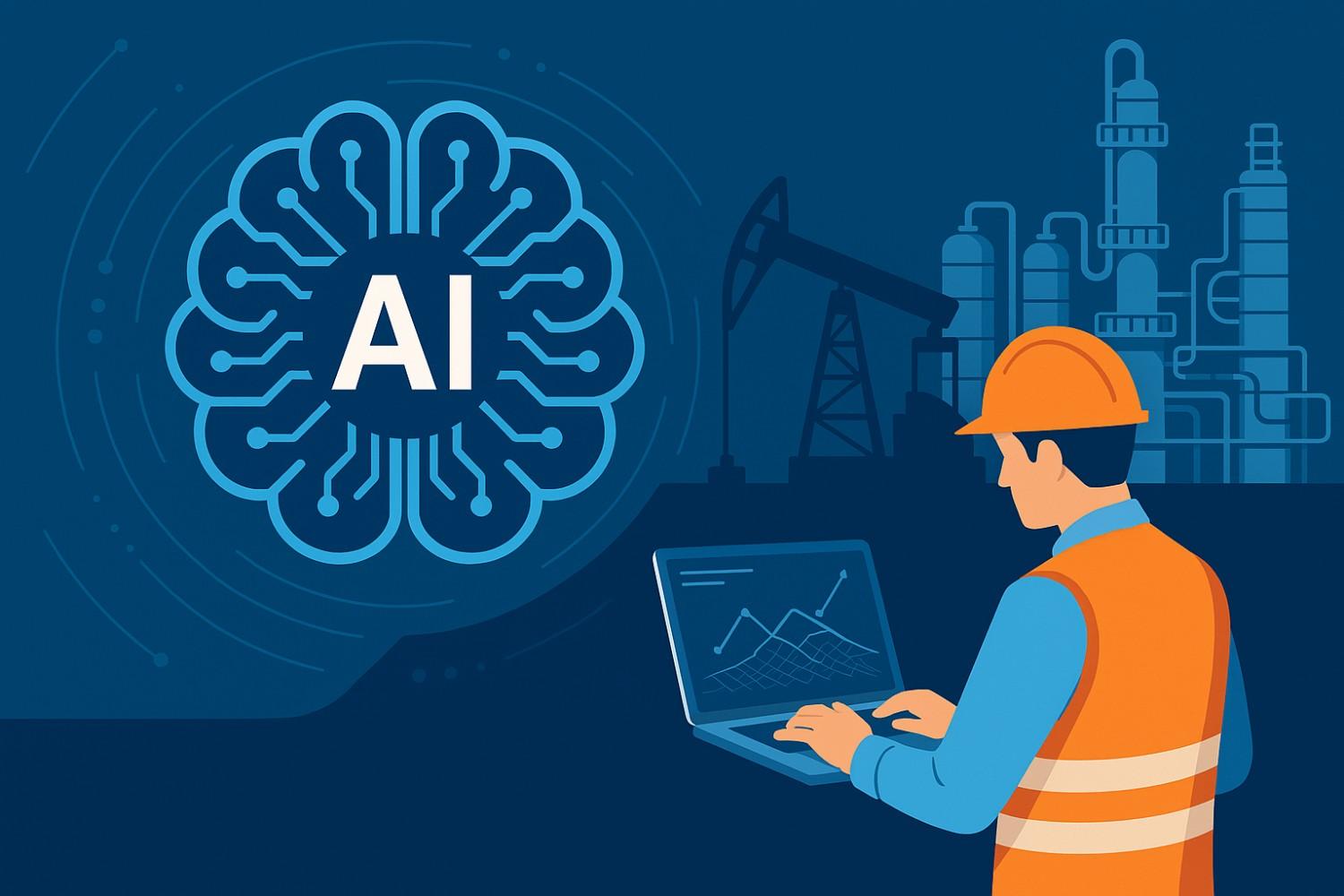Pre-construction services are the center of any well-executed EPC project. They consist of the core fundamental processes required to ensure a project runs smoothly from the start. Such services include the first design of project services, the preliminary investigation to determine the feasibility of a particular project, and the provision of specific details of the design processes to work hand in hand with the general or specific goals of the project.
They ward off potential issues that are likely to hinder or slow down the procurement of material and the construction process, more so by controlling them before they reach the construction phase, where they would be extremely hard to manage or sort out. Therefore, the fundamentals of engineering define the success of an EPC project, which we shall review in this blog.
What is Basic Engineering Design?
Basic Engineering Design is an introductory and mandatory stage in engineering and construction that fills the gap between conceptual design and detailed engineering. They entail the preparation of simple engineering documents, specifications, and calculations, which are crucial in project planning and evaluating the project’s practicality. This phase includes:
- Process Flow Diagrams (PFDs): Illustrating the overall process.
- Preliminary Equipment Specifications: Initial design parameters for major equipment.
- Material and Energy Balances: Assessing resource requirements.
- Site Layouts: Early planning of spatial arrangements.
- Cost Estimation: Rough project budgets.
Basic design engineering provides the foundation for detailed engineering, procurement, and construction, ensuring project feasibility, technical accuracy, and alignment with client requirements.
Key Components of Basic Engineering Design
The following are the top components of the Basic Engineering Design Package –
- Process Flow Diagrams (PFDs): Diagrammatic representations of the whole process, what comes in and what goes out, and the most significant activities, all in relation to the system under study.
- Material and Energy Balances: Precise estimations of processes used in producing and releasing materials and energy flows.
- Preliminary Equipment Specifications: The preliminary system layout and equipment dimensions.
- Piping and Instrumentation Diagrams (P&IDs): Basic piping and instrumentation diagram classifications.
- Site Layout and Plot Plans: Proposals and estimates of building and equipment arrangements and plans.
- Safety and Environmental Studies: Early hazard analyses and environmental impact assessments.
- Cost Estimation: Estimation of the general magnitude of the cost that would be incurred in the project.
- Project Schedules: Top-level timelines for phases that follow it.
- Design Criteria and Standards: Specifying technical standards and laws requirements.
How Basic Engineering Design Adds Value to EPC Projects?
Basic Engineering Design (BED) is important to EPC projects because it turns ideas into defined and organized engineering documents that allow contractors to plan how other critical resources, such as money and time, as well as risks, can be controlled.
The value of BED is realized in the conceptual phase, where technical, economic, and environmental criteria and cost and risk estimates are initially determined. At the pre-bid stage, BED fine-tunes designs to ensure that contractors submit correct bid prices that will give them a reasonable chance at securing projects consistent with the client’s specifications. An integral part of BED is the formation of the Front-End Engineering Design (FEED) Package, which contains crucial design information on equipment, materials, and processes.
This BED is responsible for making improvements in conformity with SEP and providing a general framework for detailed engineering. It cuts opportunities for losses, reduces project delivery times, results in efficient delivery of projects that meet the client’s needs, and reflects technical flaws well done by the contractors.
The Role of Digitalization in Basic Engineering Design
Recent technological developments have impacted BED, enhancing speed, accuracy, and a closed-loop system. New applications enable engineers to enhance work quality, minimize time consumed performing repetitive tasks, and manage resources better. Digital products facilitate the design and visualization of 3D models and develop prototypes, thus identifying potential problems at conceptual levels.
Technologies such as BIM, 3D laser scanners, and augmented reality enable engineering professionals to physically see, assess, and optimize designs before they are constructed, reducing the costs of corrections. Digital solutions also increase information processing capability, decision-making, and inter-professionalism among various departments and sub-departments, irrespective of the geographical space.
Moreover, using drones and smart devices also minimizes contact with dangerous environments during data collection.
Challenges in Basic Engineering Design and How to Overcome Them
Challenges in the basic and detailed engineering design package often occur when refining concepts and optimizing processes. Key obstacles include:
Restructuring Processes: Increasing already existing value is difficult and spreads over other activities. The next step is a ‘needs analysis’ to determine where change is required and which areas to focus attention on instead.
From Ideas to Process Flows: Ideas have to be converted to workable process flows, and that is where resources are needed. This avoids errors and enhances the opportunities for yielding designs later in the development cycle.
Adapting to External Changes: Vertical prevention strategies include supply chain disruption, operational change, and regulation demand flexibility. Focus on specialists to ensure continuity of service.
Time Constraints: Few resources can slow down preparations. To address time-sensitive issues, outsource jobs or redesign operations.
Personnel Changes: Staff turnover has hurdles and possibilities that agencies can exploit. Become new while replicating the process of making new workers become part of the team.
Expertise Gaps: It is difficult to keep talented people on board. Organizations either hire expert consultants or invest in automation technologies to reduce the likelihood of these gaps.
Ingenero’s Expertise in Basic Engineering Design Services
Ingenero, a basic engineering design company in India, provides specialized engineering design services backed by a team of experts and advanced tools. It offers customized solutions to meet client needs. With over 90 state-of-the-art software applications, Ingenero ensures efficiency and precision throughout the project lifecycle.
In the Basic Engineering/FEED phase, Ingenero delivers crucial documentation such as process flow diagrams, heat and mass balances, P&IDs, equipment specifications, and layouts, laying a solid foundation for the project. During the Detail Engineering phase, the company provides integrated designs, ensuring all engineering disciplines are coordinated for seamless execution.
Ingenero also offers Process Design Packages (PDPs), which outline essential process conditions and equipment specifications, guiding EPC contractors to achieve optimal reliability and safety. Additionally, Debottlenecking Solutions aims to optimize production by eliminating system constraints, enhancing efficiency, and reducing operational costs.
Interested in enhancing safety and ensuring compliance? Discover our process safety management services now!
Specializing in Process Development and Scale-Up, Ingenero handles various chemical reactions and the scaling of processes from lab to industrial scale, minimizing risks and ensuring successful commercialization. As a trusted partner, Ingenero delivers innovative and sustainable engineering solutions for the oil and gas industry.
Explore more about our tailored solutions:
Predictive Maintenance Solutions
Engineering consulting services
Conclusion
While planning and design are among the most important aspects of EPC projects, Basic Engineering Design (BED) plays a vital role in project engineering design, giving execution a solid groundwork with the concepts of planning, costing, and risks.
Technology helps improve productivity and share, while Ingenero’s skills let the project be executed on time, at a lesser cost, and at the highest quality. Turn to Ingenero now for the highest standards in Basic Engineering Design to maximize your EPC project’s outcomes.
Suggested Read: Edge AI Computing
FAQs On Basic Engineering Design Services
What is Basic Engineering Design and why is it important in EPC projects?
It’s the first big step where everything starts taking shape. Basic engineering design lays out how the plant or system should work — overall flow, equipment size, capacities, etc. Without it, EPC projects can get messy fast. Think of it as the foundation — if this part isn’t solid, the rest will wobble.
How does Basic Engineering Design differ from detailed engineering in EPC projects?
Basic design is more about the “what” and “how much” — big-picture stuff. Detailed engineering gets into the nitty-gritty — like exact measurements, drawings, piping layouts, etc. You can’t do the detailed part properly unless the basic design is clear and approved first.
What are the key components included in a Basic Engineering Design package?
You’ll typically get process flow diagrams (PFDs), P&IDs, equipment specs, utility needs, control philosophy, and sometimes early 3D models. It’s like a guidebook that helps everyone — from procurement to construction — stay aligned.
How does Basic Engineering Design help in cost estimation and risk management?
It helps you see the big costs early. If something’s oversized or underdesigned, you catch it now — before you spend. Plus, it highlights technical risks upfront, so you can avoid surprises during construction or commissioning.
What role does digitalization play in enhancing Basic Engineering Design services?
A huge one. Digital tools help simulate processes, optimize layouts, and keep everything coordinated. With cloud systems and smart modeling, teams can collaborate better, make faster changes, and avoid rework later.
What is a basic engineering design package?
It’s a full set of documents that outlines the core design. It includes things like PFDs, equipment lists, specs, load data, and initial safety reviews. EPC teams use this to plan purchases, timelines, and construction phases.
How can Basic Engineering Design improve project delivery timelines in EPC projects?
By getting the main decisions done early, it helps avoid delays later. You’re not figuring things out on the fly – the vendors know what to deliver, the site team knows what to build. Everything moves faster when the base is clear.
Why is process flow diagram (PFD) crucial in Basic Engineering Design?
PFD is like the heartbeat of the project. It shows how stuff flows — from raw materials to final output — and helps everyone understand what’s happening where. If the PFD is wrong, almost everything else goes off-track.
How does Ingenero support EPC projects through its Basic Engineering Design expertise?
Ingenero brings both process know-how and practical design experience. They help set things up right from the start — with accurate data, efficient layouts, and smart design tools. That means fewer changes later, and smoother execution overall.
What are the 7 steps of the engineering design process?
In simple terms:
Define the problem
Do the research
Brainstorm and come up with ideas
Pick the best solution
Build or design a prototype
Test it
Make improvements
It’s a loop, really — you keep refining until it works just right.



